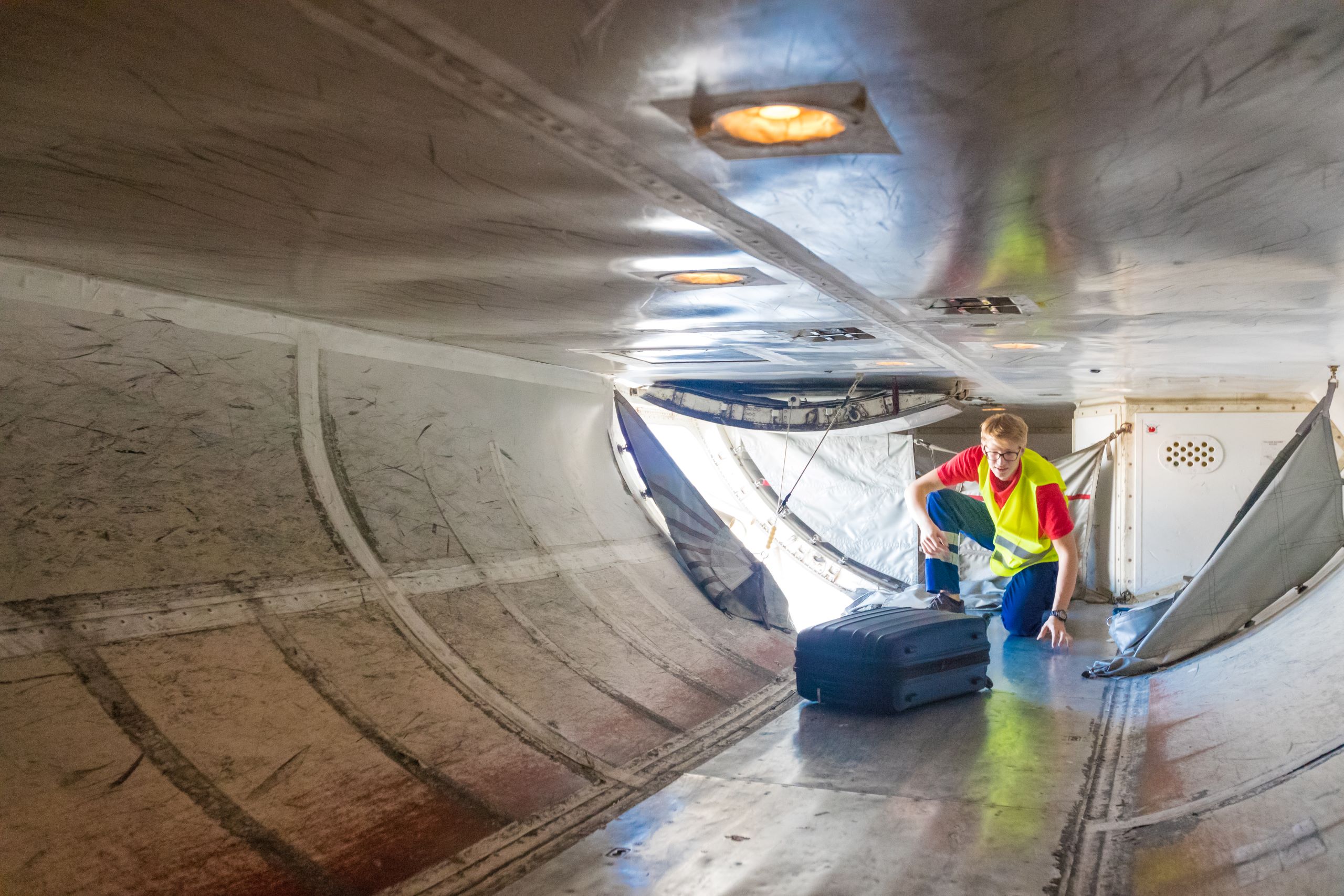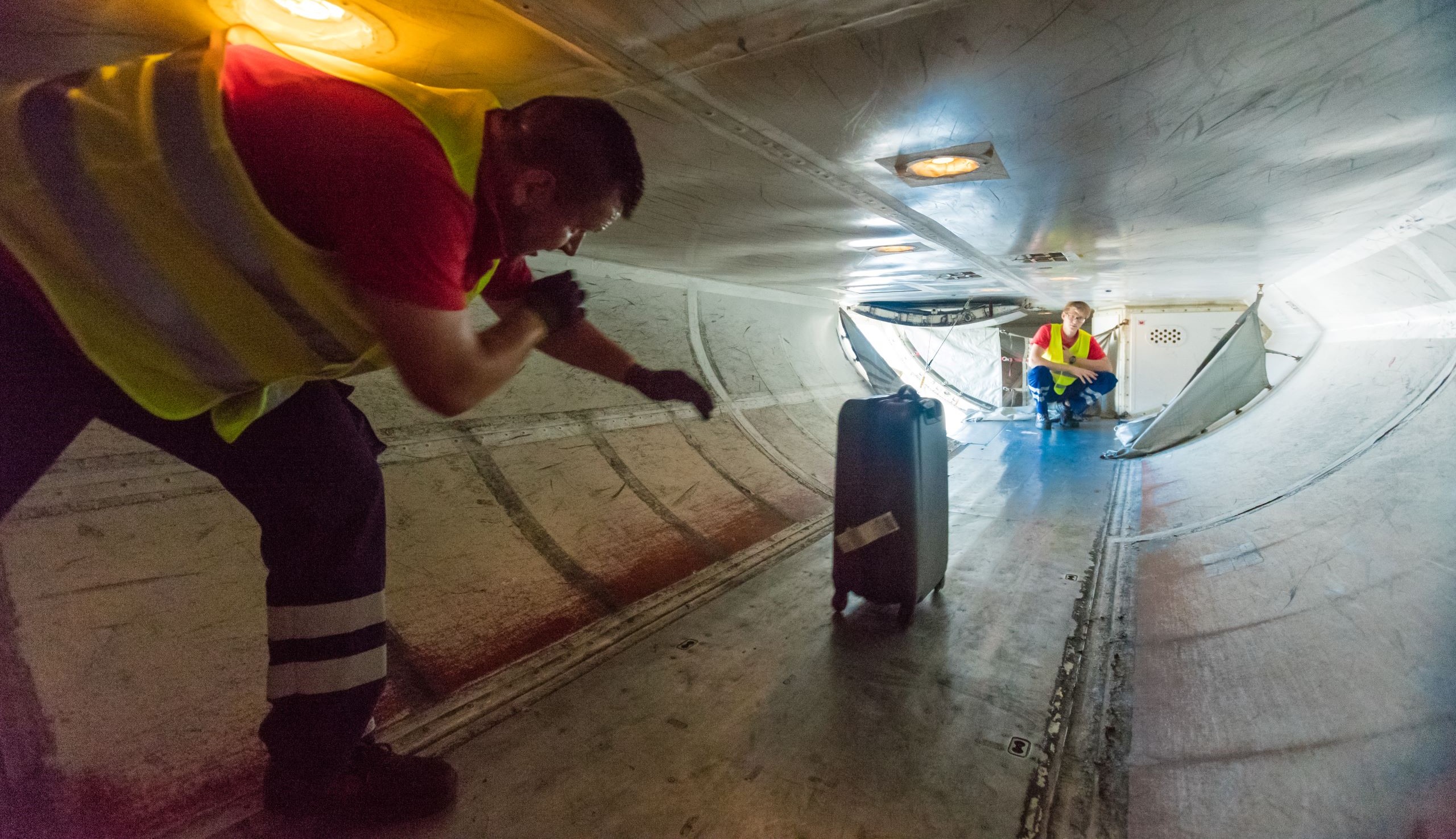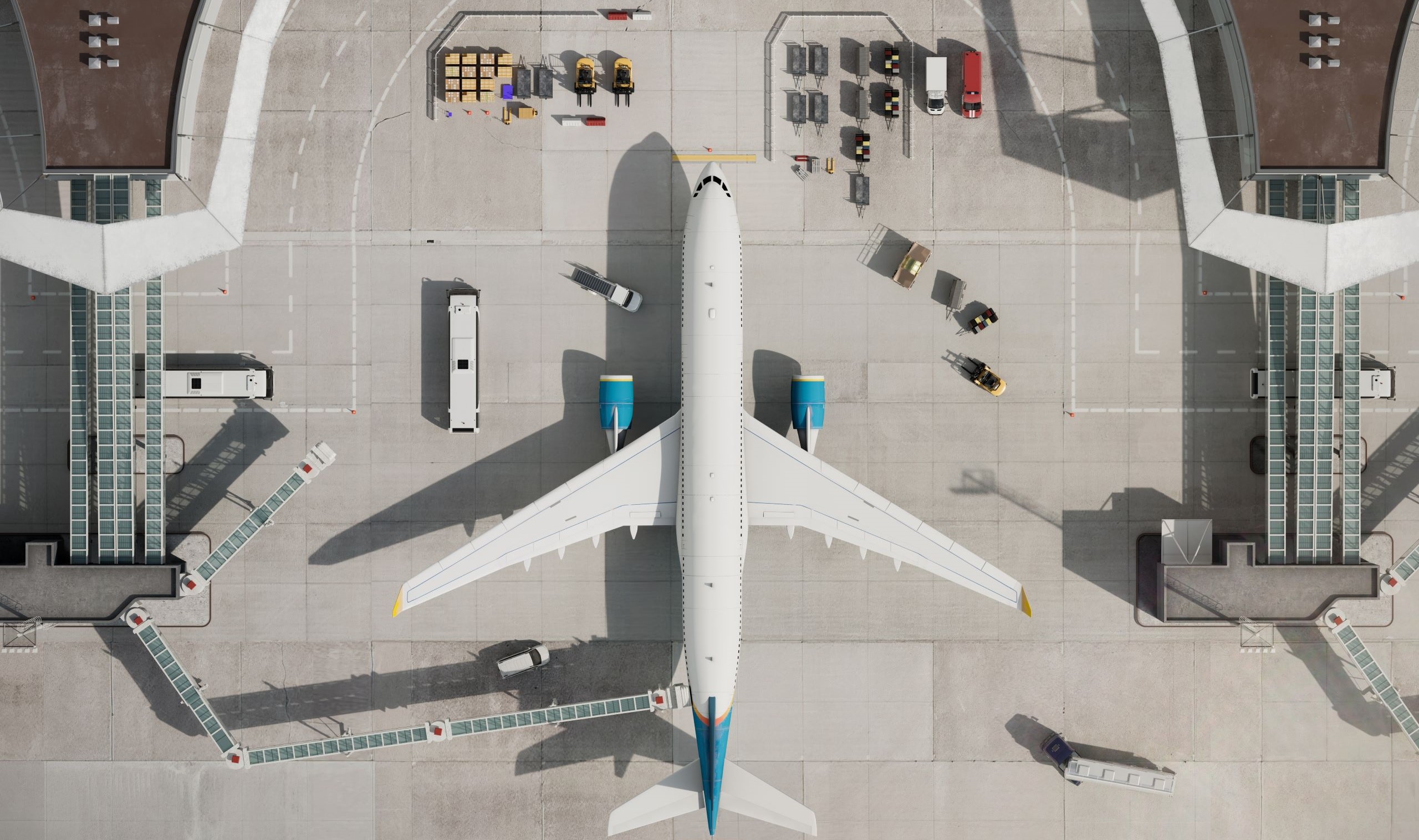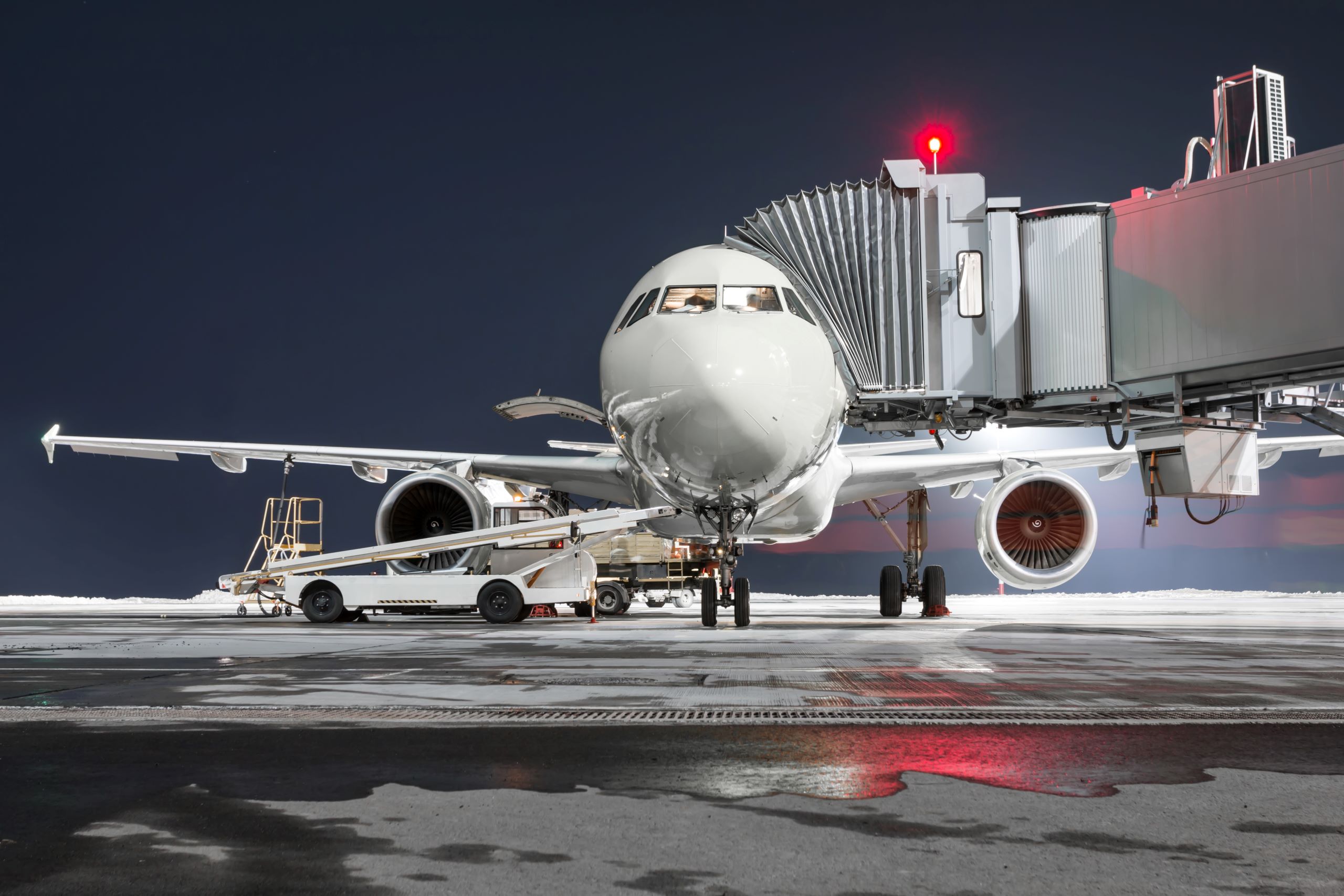Safer. Faster. Smarter Ground Operations
Planes are built to fly, not wait on the ground. NoLimitRobotics automates baggage handling so aircraft spend less time idle and more time in the sky, unlocking their full potential.

Half a century of NO-EVOLUTION in baggage handling
Although aviation has advanced dramatically over the past few decades, baggage handling in narrow-body planes (about 70% of the global passenger fleet) remains largely unchanged since the 1960s. Every day in the U.S., ground crews crawl into cramped 4-foot cargo holds roughly 20,000 times. It’s the leading cause of ground crew injuries and a major contributor to flight delays:
The result: airlines lose money, airports lose efficiency, and workers face unsafe conditions. all because baggage handling hasn’t evolved in half a century.

Automating baggage handling for narrow-body aircraft
Our system combines AI-powered capabilities with unparalleled mechanical engineering to fully automate the loading and unloading of aircraft cargo compartments. Compatible with any narrow-body aircraft, with no modifications required, it delivers faster turnarounds, fewer injuries, and higher aircraft utilization. It’s the missing piece in modernizing ground operations.
Our system combines AI-powered capabilities with unparalleled mechanical engineering to fully automate the loading and unloading of aircraft cargo compartments.

A trillion-dollar industry, where efficiency is king, still running on 1960s ground operations
Narrow-body aircraft like the Boeing 737 and Airbus A320 account for over 70% of global passenger flights. In 2024, Boeing 737 aircraft alone flew 10 million flights, while the Airbus A320 completed 7.9 million flights (IATA). Each of these flights still relies on manual baggage handling, which contributes to airlines regularly missing their own turnaround targets (a major pain point for operators and passengers alike).
The demand for automation is urgent. Airlines and airports are under pressure from labor shortages, rising operational costs, and the need for faster, safer ground operations. At the same time, a growing ecosystem of startups and terminal automation solutions is emerging, complementing our on-ramp efforts to achieve a flawless, end-to-end automated baggage flow. Automated baggage handling is not just an improvement, it’s the critical missing link in modernizing airport operations.

"Being able to schedule flights consistently 55 minutes apart vs. 60 minutes can allow an additional flight per aircraft per day. That's additional revenue at minimal incremental cost."
Gareth Joyce, Delta airlines executive
Niv is a seasoned business development and strategy expert with a unique blend of technology, leadership, and aviation experience. At Mobileye, he served as a strategic advisor, shaping future autonomous driving products, sensors, and HD maps. Previously, at HP, he led product development and successfully launched the HP Indigo Series 4, the company’s top-earning product line. Holding an MBA in Finance from Reichman University, Niv combines strong analytical and strategic skills with hands-on leadership. A retired Air Force pilot with 20 years of service, he brings a broad global aviation network and proven operational discipline.
Liran is an ccomplished technology leader and problem-solver with nearly 30 years of cross-industry experience, known for his sharp focus on performance and delivery. As founder and later CEO and CPO of BionicHIVE—an Amazon-funded company—he led the design of advanced robotic warehousing solution. He has a proven track record in R&D and operational leadership across robotics, UAVs, autonomous systems, vision, and AI. His expertise spans multidisciplinary R&D and integration, deep tech innovation scouting and research, intellectual property and patent strategy, complex engineering, product design, and go-to-market and international growth strategies.